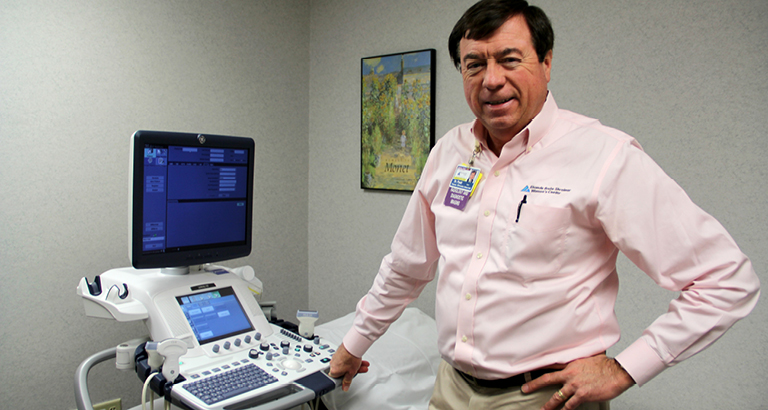Robert S. Pyatt Jr., MD, FACR, who practices in rural Chambersburg, Pa., and chairs the ACR Commission on General, Small, Emergency and/or Rural Practice (GSER), led a task force charged with evaluating current and future radiology practice skillsets as they relate to general radiology and subspecialization. The Bulletin spoke with Pyatt to discuss the findings of the task force — including a disconnect between the skills of radiology residency program graduates, the needs of the current workforce, and the delivery of top-notch and accessible patient care.
What were some of the task force’s findings about labels within the profession?
It is all over the map. You have emergency radiologists who do everything, and pediatric radiologists who are very subspecialized in their work. Someone might be a body imager, but they may also do mammography or read neuro-MRI.
Where did the task force go from there?
The task force decided that what we were looking at were not job titles, but rather job descriptors. We looked at the actual performance on the job, and we found that most radiologists work outside of their subspecialty. This creates some problems, especially with newly graduated fellows and residents, who are not always getting the procedural skills they need. It is really unbelievable to have body imagers, for example, who don’t know how to do a paracentesis.
What problems can the absence of certain procedural skills create?
Graduates are finishing their fellowships thinking, “Oh, I'm just going to be reading body imaging, right?” Then they get out there and the reality is that their practice might include doing a paracentesis, reading some mammograms, or doing some nuclear medicine. One of the themes identified by the task force was a need to address this gap in learning between increasing subspecialization and the needs of a workforce that can work across subspecialties. The gap is widening. This was evident when numerous members of the task force reported challenges with finding radiologists comfortable performing the necessary procedures. For example, there’s an increasing need for diagnostic radiologists to be able to do some basic IR procedures. Within my own group practice, some of the newer people have needed training on how to do breast, stereotactic, or thyroid biopsies. They don’t know how to do these procedures, and some of them have no interest in learning. For the bigger academic groups in urban areas, where the density of radiologists is greater, this is not so much of an issue. But in smaller communities — suburban areas and out in the rural areas where I am — it is harder to recruit people. Radiologists might not want to have to do a slew of different procedures. Plus, at the moment, there are plenty of jobs to choose from, which can lead to unfilled patient needs in smaller and rural communities.
What can be done about closing the gap?
To close the gap, we need to improve how we train residents and fellows. We need to broaden their skills, which will make them more valuable to the workforce and give them a broader spectrum of practices that match their desired career. Some of them don’t want to widen the scope of their practice. For those who do — they can learn more from the ACR’s Education Center. Part of our recommendations revolve around improving data collection — more access to data, improvements in how we report it, and strategy around what we do with it. The ACR can also convene groups like the Association of Program Directors in Radiology (APDR) and the Society of Chairs of Academic Radiology Departments (SCARD) to work with the GSER Commission and other groups to discuss these issues and determine how we can modify training programs. This is a specialty-wide issue and we’ll need to work together.
How does a lack of general or expanded training affect hiring practices?
Instead of going job hunting in the fall of their last year, radiologists-in-training should probably start job hunting a year earlier. When you get to them earlier, they can ask, “What can I take in my final year to be more valuable to your practice?” This can change how people are hiring and get to the heart of this lack of general knowledge.
Are other specialties facing similar challenges with training and identifying what new physicians will actually need to do on the job?
This concept of having residents and fellows more tightly linked with their future jobs in terms of customizing their final training — it’s also happening in the field of urology. Studies have found that urologists are graduating from training programs who do not meet the needs of the marketplace. Radiology is not alone in that a gap exists between the content of the training programs and the needs of the workforce.

